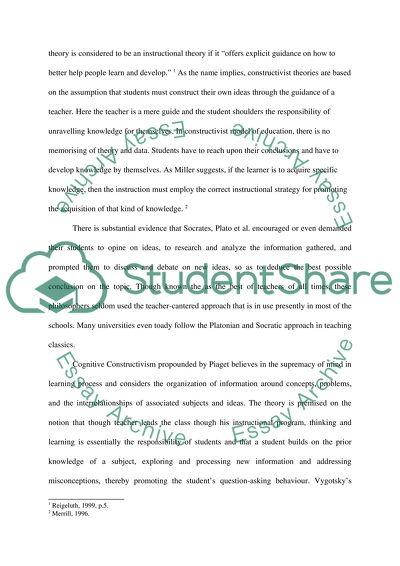Cite this document
(“Constructivist Learning and VLEs Essay Example | Topics and Well Written Essays - 2250 words”, n.d.)
Constructivist Learning and VLEs Essay Example | Topics and Well Written Essays - 2250 words. Retrieved from https://studentshare.org/education/1540595-the-use-of-vle-software-to-support-the-constructivist-learning-theory-literature-review
Constructivist Learning and VLEs Essay Example | Topics and Well Written Essays - 2250 words. Retrieved from https://studentshare.org/education/1540595-the-use-of-vle-software-to-support-the-constructivist-learning-theory-literature-review
(Constructivist Learning and VLEs Essay Example | Topics and Well Written Essays - 2250 Words)
Constructivist Learning and VLEs Essay Example | Topics and Well Written Essays - 2250 Words. https://studentshare.org/education/1540595-the-use-of-vle-software-to-support-the-constructivist-learning-theory-literature-review.
Constructivist Learning and VLEs Essay Example | Topics and Well Written Essays - 2250 Words. https://studentshare.org/education/1540595-the-use-of-vle-software-to-support-the-constructivist-learning-theory-literature-review.
“Constructivist Learning and VLEs Essay Example | Topics and Well Written Essays - 2250 Words”, n.d. https://studentshare.org/education/1540595-the-use-of-vle-software-to-support-the-constructivist-learning-theory-literature-review.


